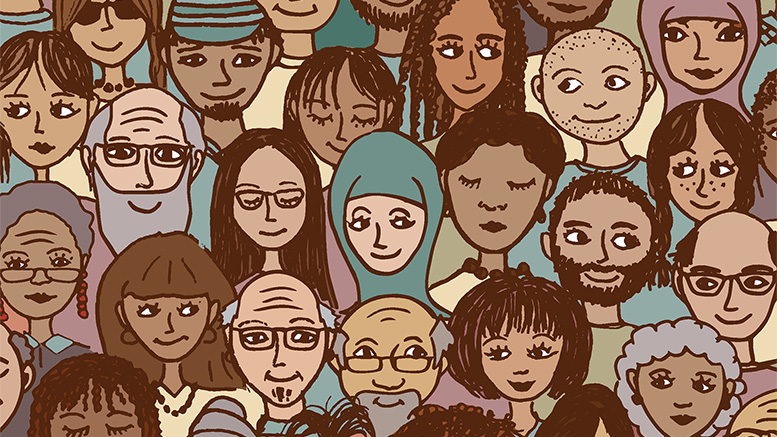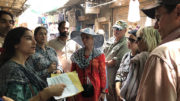International student recruitment is often the first step in most community colleges’ progress toward campus internationalization.
Whereas only 7,215 of the more than 12 million students at community colleges studied abroad in 2016-2017, community colleges enrolled more than 13 times that number, or more than 94,500 international students, in 2017-2018 according to 2018 IIE Open Doors data. For the many community college students who will likely not participate in study or work abroad, interaction with international students in the classroom and in co-curricular activities may be the best opportunity for them to obtain and cultivate global competence.
College leaders have also taken note that international student enrollment can generate revenue for community colleges and their local communities. In 2017-2018, international students contributed nearly $3 billion to the U.S. economy and created or supported more than 15,000 U.S. jobs, according to NAFSA’s Economic Value tool.
However, because of the recent downward trend in international student enrollments and increasing demand from employers for globally competent graduates, community colleges are finding new and innovative ways to produce those types of graduates as well as generate much-needed revenue.
A unique model
Broward College in Florida has expertly implemented a very innovative model. In February, Broward was the first community college to win the prestigious IIE Andrew Heiskell Award for Innovation in International Education in the international partnerships category. The award recognizes partnerships that have strong, sustainable links among higher education institutions or other stakeholders.
The college has used the model since 1979, and other colleges have adopted similar models, including Hudson Valley Community College (HVCC), which was recently highlighted in Inside Higher Ed. Continuity of the HVCC model highlights that, regardless of recent immigration policies and increased global competition for students, U.S. higher education remains in high demand around the world.
Broward’s model, dubbed “The Third Way,” allows international students to stay in their home country and complete U.S. associate degrees that appear on a Broward College transcript and is recognized as the equivalent of credits and degrees earned in Florida. Students can then seamlessly transfer to a U.S. or foreign four-year college or university through one of Broward’s articulation agreements.
The college accomplishes its efforts through a network of international centers and academic affiliates. It currently has international centers in Bolivia, China, Indonesia, Ecuador, India, Sri Lanka, Peru, Spain and Vietnam. Its international partnerships usually begin as academic affiliations, which then mature into an international center after Broward’s accreditor approves its academic programs.
Working in tandem
Under such partnership arrangements, the college oversees and approves the hiring of faculty in other countries, who must also meet the accreditor’s requirements. The courses offered abroad are the same as those offered to Broward students — the same course numbers, titles, descriptions, outlines and student learning outcomes.
The interaction (time and expense) needed to insure quality control is leveraged into faculty and student exchanges, student study abroad and international professional development opportunities.
Notably, Broward’s partnerships generate revenue for the college. Each year it holds an international conference for its international centers and academic affiliates, as well as prospective partners. At the conference, college staff offers professional development for international center staff, who can also network and share best practices. Prospective partners learn how to become Broward international centers and/or transfer partners.
In addition, an international student recruitment fair is held for Broward recruiters and existing Broward transfer partners.
The next Broward College World Conference runs May 12-16 in Marbella, Spain.





